|
On Friday, June 7, 2019, the Bureau of Labor Statistics reported that the increase in total nonfarm payroll employment (i.e. jobs) was only 75,000. Although this is bad news because that is less than is needed to employ new Americans entering the work force, the Dow Jones Industrial Average jumped 253 points. Why? Some investors were banking on the Feds lowering interest rates at their next meeting, while others were thrilled that we will not add Mexico to the Tariff List. Why would investors be excited about a rate cut, and are the Feds likely to cut interest rates in 2019? The current stock market rally has been built on corporate buybacks. Companies have been borrowing money very inexpensively, and using those leveraged funds to repurchase their own stock. This has many short-term benefits. It makes the company’s earnings look higher than they are, while pushing the price to earnings ratio down – making the share price look cheaper than it really is. When markets rally, novice investors become more interested. Yes, this really amounts to companies baiting the water so that you’ll jump in and buy. Buybacks are projected to hit an all-time high in 2019. Lower interest rates fuel the buyback fire; higher interest rates make the practice more expensive. So, if the Feds lower the rates, the market rally party might, in theory, continue – even if the economy itself is cooling off. In fact, according to former Federal Reserve Board chairman Alan Greenspan, a 10% rise in stocks equates to a 1% rise in GDP. Clearly business-minded executives will benefit politically and financially if the rally continues, even if, ultimately, borrowing from Peter to pay Paul is not a sound business strategy. The Feds Are Taking Away the Punch Bowl So, why is there still a rate raise projected for 2019 and another for 2020? Why would the Feds want to sober investors up, against the desires of the White House and many corporations, who would like to continue the Buyback Party? There are two main reasons: financial imbalances and the Effective Lower Bound rate. Financial Imbalances Lower interest rates create bubbles. Today, real estate prices are higher than ever, and unaffordable in many major cities to the people who live there. Stocks are near an all-time high. Bonds and loans are highly leveraged, with new money flowing to those companies carrying the highest risk. Over 50% of investment grade companies are at the lowest rung – just one notch above junk bond status. (See the below Asset Bubble Chart.) When bubbles pop, like they did in 2000 and 2008, the downturn can be steep and rapid. As Federal Reserve Board governor Lael Brainard said on March 7, 2019, “Elevated valuations and corporate debt could leave the economy more vulnerable to negative shocks. The market volatility in December is a reminder of how sensitive markets can be to downside surprises.” Federal Policy and Rate Cuts Another problem with persistently low interest rates is that there isn’t enough room for the Feds to cut interest rates to boost economic growth in a recession. Federal Reserve Board Governor Clarida explained this on May 30, 2019, when he said, “A lower neutral rate increases the likelihood that a central bank's policy rate will reach its effective lower bound in a future economic downturn. Such a development, in turn, could make it more difficult during a future downturn for monetary policy to provide sufficient accommodation to rapidly return employment and inflation to mandate-consistent levels.” As you can see in the chart below, interest rates started out much higher before the Dot Com and the Great Recessions. The Feds had plenty of room to cut rates. And still the recessions were devastating, with the stock market losing more than half of its value. With interest rates starting less than half as high as they were in 2007, the Federal Reserve Board will have to resort to other policy tools to stabilize the economy. Will the Feds Cut Interest Rates to Let the Party on Wall Street Continue? Judging from the Federal Reserve Board governors’ own words, there will not be a rate cut on June 19, 2019. However, there could be an abrupt end to the Federal Reserve Board’s deleveraging of its own balance sheet, which is currently scheduled to finish up at the end of September 30, 2019. Governor Randy Quarles, who was appointed by the current President, believes that “monetary policy should be guided primarily by the outlook for unemployment and inflation and not by the state of financial vulnerabilities.” Governor Michelle Bowman, who was appointed on Nov. 26, 2018, might agree with him (and side with the President). However, Governors Brainard and Clarida, along with Federal Reserve Board chairman Jerome Powell, have all gone on record expressing concerns about financial imbalances, financial stability, the Effective Lower Bound interest rate and room to maneuver to boost economic activity in the next downturn. As Chairman Powell summed up on May 20, 2019 in a speech: Business debt is near record levels, and recent issuance has been concentrated in the riskiest segments. As a result, some businesses may come under severe financial strain if the economy deteriorates. A highly leveraged business sector could amplify any economic downturn as companies are forced to lay off workers and cut back on investments. Investors, financial institutions, and regulators need to focus on this risk today, while times are good. Bottom Line The May 2019 jobs report was very weak. However, so was the February jobs report, which prompted the Feds to communicate that they would be patient about rates and would stop deleveraging at the end of September 2019. Prior to that announcement, their economic forecasts were still factoring in getting to a 2.9% Fed Fund Rate in 2019 and 3.1% in 2020. (The current projections are 2.4% in 2019 and 2.6% in 2020.) With 1Q GDP still looking reasonably well, and the 2nd quarter results to be released on July 26, 2019, there can be a lot of reasons to remain “patient” at this meeting. Additionally, even though a mostly Republican Federal Reserve Board would be very interested in keeping the current market rally alive to keep the White House in the next election, the Federal Reserve Board has solid reasons for taking the punch bowl away from the Wall Street party. If the board governors are ruled by the data, and do not succumb to political pressure, then it’s hard to justify letting banks and corporations continue over-leveraging. Forecast 2019 Corporations are still on track to set a buyback record in 2019. This should keep the markets more buoyant than they would otherwise be this late in the business cycle. However, as we saw in December, when companies are too aggressive with their buybacks in the beginning of the year, they find themselves tapped out later on. That is likely what happened in December of 2018, when the S&P500 saw the worst December since the Great Depression. The markets slide at twice the speed when corporations are not buying up their own stock. What Should You Do? The economy is cooling down. That is projected to start showing up in the GDP reports starting on July 26, 2019. Investors are forward looking. So, expect volatility and potential market weakness to show up in advance of that 2nd quarter GDP report. July 2019 could be a very challenging month, unless the corporate CFOs continue their buyback spending spree. What this points to is that now is the time to make sure that you are safe, protected, properly diversified and hot. If your financial plan is longer than just a few pages, if you lost more than 1/3 in the Great Recession and if you haven’t made any changes, then you’re more vulnerable today than you were then. Wisdom is the cure. If you'd like to learn time-proven strategies that earned gains in the last two recessions and have outperformed the bull markets in between, join me at my Wild West Investor Educational Retreat this Oct. 19-21, 2019. Click on the flyer link below for additional information, including the 15+ things you'll learn and VIP testimonials. Call 310-430-2397 to learn more. Register by June 30, 2019 to receive the lowest price and a complimentary 50-minute private prosperity coaching session (value $300). I'm also offering an unbiased 2nd opinion on your current retirement plan. Call 310.430.2397 for pricing and information. Other Blogs of Interest Should You Buy Tesla at a 2 1/2 Year Low? It's Time To Do Your Annual Rebalancing. Cannabis Crashes. Should You Get High Again? Are You Suffering From Buy High, Sell Low Mentality? Financial Engineering is Not Real Growth The Zoom IPO. 10 Rally Killers. Fix the Roof While the Sun is Shining. Uber vs. Lyft. Which IPO Will Drive Returns? Boeing Cuts 737 Production by 20%. Tesla Delivery Data Disappoints. Stock Tanks. Why Did Wells Fargo's CEO Get the Boot? Earth Gratitude This Earth Day. Real Estate is Back to an All-Time High. Is the Spring Rally Over? The Lyft IPO Hits Wall Street. Should you take a ride? Cannabis Doubles. Did you miss the party? 12 Investing Mistakes Drowning in Debt? Get Solutions. What's Hot in 2019? The Debt Ceiling Was Hit (Again) on March 1, 2019. How Bad Will the GDP Report Be? 2019 Investor IQ Test The State of the Union CBD Oil for Sale. The High Cost of Free Advice. Apple's Real Problem in China: Huawei. 2019 Crystal Ball. 2018 is the Worst December Ever. Will the Feds Raise Interest Rates? Should They? Learn what you're not being told in the MSM. Why FANG, Banks and Your Value Funds Are in Trouble. When the Santa Rally is a Loser, the Next Year is a Bigger Loser. Russia Dumps Treasuries and Buys Gold OPEC and Russia Cut Oil Production. Trade Deficit Hits an All-Time High. Wall Street Plunges 800 Points. How to Protect Yourself. Rebalance and Get Safe in December. Here's Why. The Best Investment Decision I Ever Made. What's Safe for Your Cash? FDIC? SIPC? Money Markets? Under the Mattress? The Real Reason Stocks Fell 602 Points on Veterans Day 2018. Will Ford Bonds Be Downgraded to Junk? 6 Risky Investments. 12 Red Flags. 1 Easy Way to Know Whom to Trust With Your Money. Whom Can You Trust? Trust Results. October Wipes Out 2018 Gains. Will There Be a Santa Rally in 2018? The Dow Dropped 832 Points. What Happened? Bonds are In Trouble. Learn 5 Ways to Protect Yourself. Interest Rates Projected to Double by 2020. 5 Warning Signs of a Recession. How a Strong GDP Report Can Go Wrong. Should I Invest in Ford and General Electric? Important Disclaimers Please note: Natalie Pace does not act or operate like a broker. She reports on financial news, and is one of the most trusted sources of financial literacy, education and forensic analysis in the world. Natalie Pace educates and informs individual investors to give investors a competitive edge in their personal decision-making. Any publicly traded companies or funds mentioned by Natalie Pace are not intended to be buy or sell recommendations. ALWAYS do your research and consult an experienced, reputable financial professional before buying or selling any security, and consider your long-term goals and strategies. Investors should NOT be all in on any asset class or individual stocks. Your retirement plan should reflect a diversified strategy, which has been designed with the assistance of a financial professional who is familiar with your goals, risk tolerance, tax needs and more. The "trading" portion of your portfolio should be a very small part of your investment strategy, and the amount of money you invest into individual companies should never be greater than your experience, wisdom, knowledge and patience. Information has been obtained from sources believed to be reliable however NataliePace.com does not warrant its completeness or accuracy. Opinions constitute our judgment as of the date of this publication and are subject to change without notice. This material is not intended as an offer or solicitation for the purchase or sale of any financial instrument. Securities, financial instruments or strategies mentioned herein may not be suitable for all investors. 16/9/2019 06:51:45 am
Dear Pictaram, Comments are closed.
|
AuthorNatalie Pace is the co-creator of the Earth Gratitude Project and the author of The Power of 8 Billion: It's Up to Us, The ABCs of Money, The ABCs of Money for College, The Gratitude Game and Put Your Money Where Your Heart Is. She is a repeat guest & speaker on national news shows and stages. She has been ranked the No. 1 stock picker, above over 830 A-list pundits, by an independent tracking agency, and has been saving homes and nest eggs since 1999. Archives
July 2024
Categories |


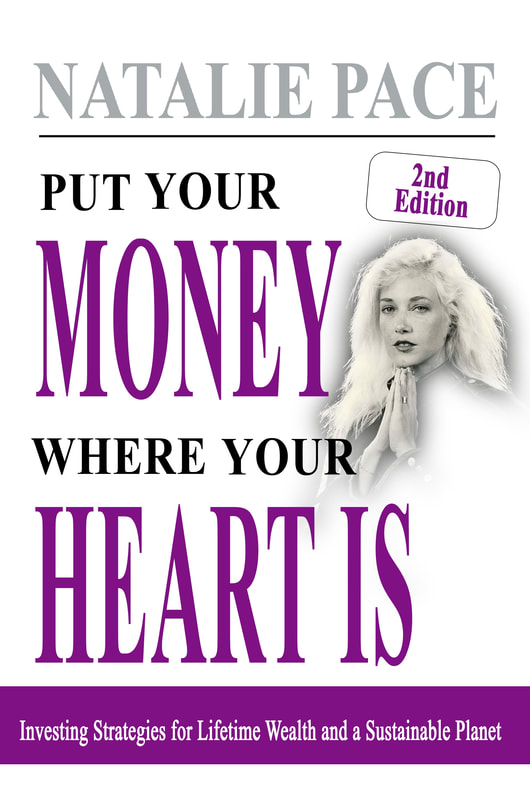
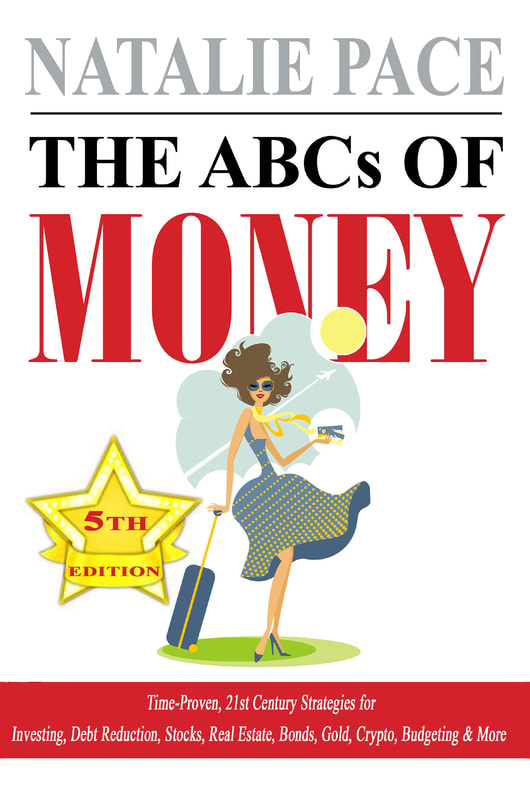


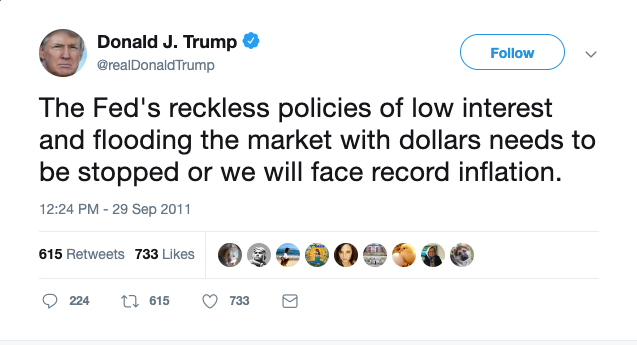
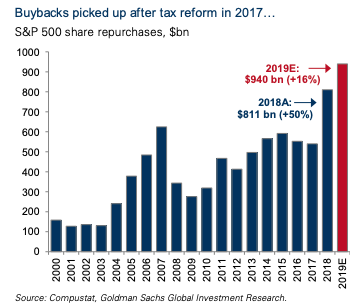
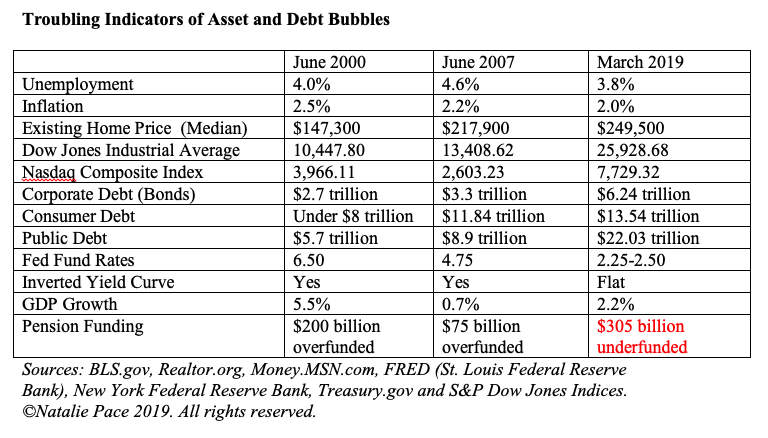
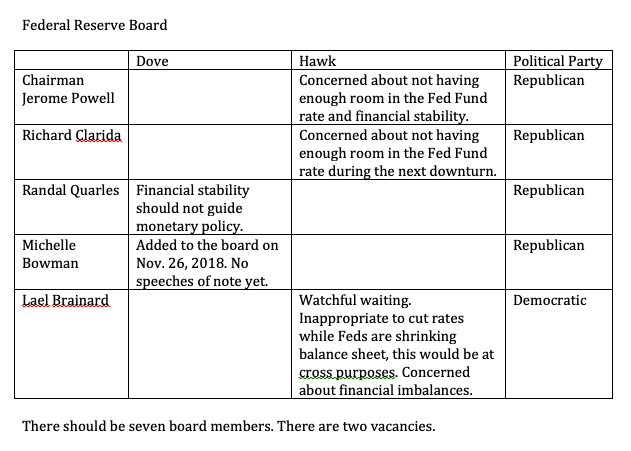
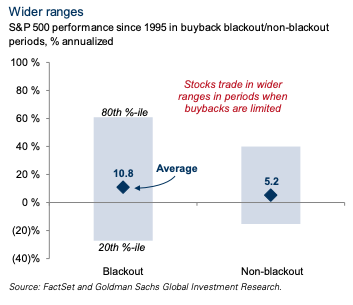

 RSS Feed
RSS Feed